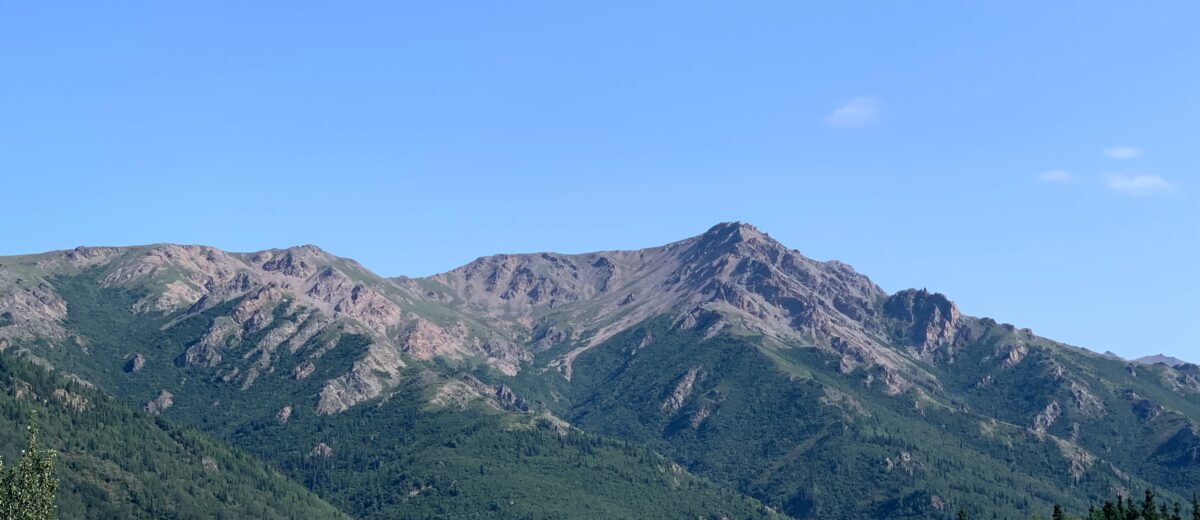Information about genetic diversity can help managers in national parks and other protected lands get a deeper understanding for the overall biological diversity of a place (which species live where and when). By showing which plants might be adapted to local conditions, genetic diversity can help identify priority areas for protection or action in response to climate change and other threats.
According to research published today in New Phytologist, measuring light reflected by leaves can be a quick, reliable substitute for lengthy and expensive testing to determine if a population of plants is genetically unique.
Schoodic Institute Forest Ecology Director Peter Nelson conducted the study with Lance Stasinski and Jose Meireles of the University of Maine and Rick Ree and Dawson White of Chicago’s Field Museum.
They measured the light reflected by leaves of Dryas, a small evergreen shrub that grows on mountains in central interior Alaska, where temperatures are warming at a rapid rate.
From one mountaintop to the next, Dryas leaves reflected different amounts of light at different wavelengths, in ways that echo their genetic variation from each other. Even within the same species of Dryas, leaf light was unique each mountain, and laboratory analysis showed a corresponding unique genetic signature associated with each mountain’s plants. Such uniqueness means that they’re not sharing pollen or seeds with each other, and are genetically isolated.
Being able to tell one population of plants from another by “reading” leaf light could be a valuable tool for those working to preserve the diversity and resilience of public lands.
“In the field, we collect reflectance data on plant communities at many different scales. We can then use these unique reflectance signatures of plants to map vegetation across much larger areas, using aerial photography and sensors on NASA satellites,” said Nelson. Such information can be used to quantify wildlife habitat, or infer underground permafrost dynamics in tundra environments.
The research was funded by Tawani Foundation, NASA, U.S. Department of Agriculture, and the National Science Foundation.
Read more from the Field Museum.
